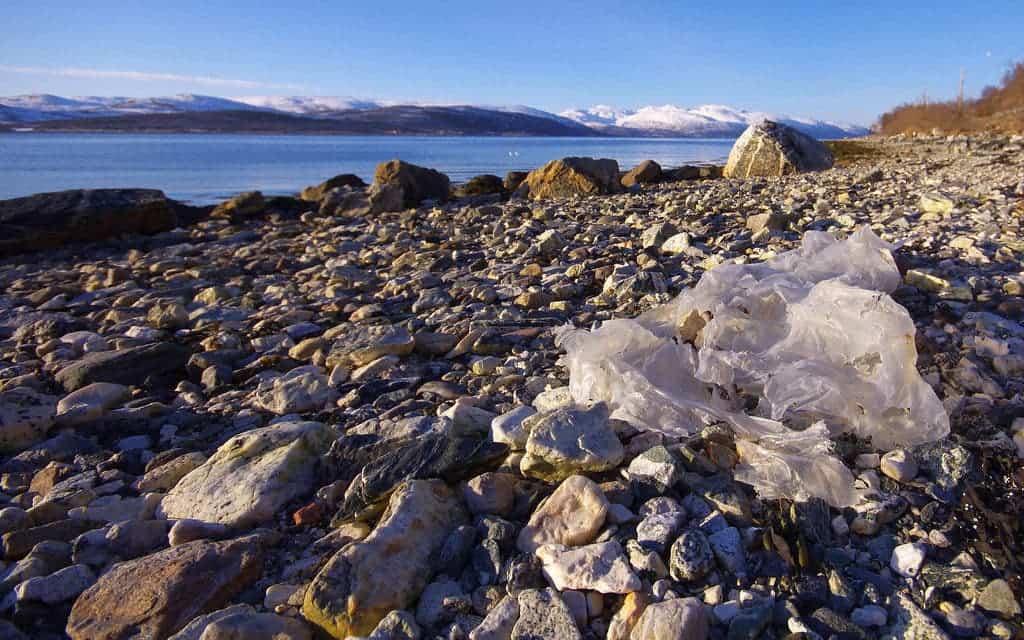Despite initially thought to come from land, most plastic debris in the sea can be linked to merchant ships, according to a new study which analyzed plastic bottles and containers from the past three decades.

Researchers looked at the waste that arrived at the coast of Inaccessible Island – an isolated, uninhabited island in the central South Atlantic Ocean – and found that plastic drink bottles were the fastest-growing source of debris.
While tides could be blamed for the South American bottles that washed up there, they didn’t explain why most of the bottles there now are from Asia. Their recent manufacturing dates suggest that ships are the main culprits.
This means that the vast garbage patches floating in the middle of oceans, which have sparked much consumer handwringing in recent years, are less the product of people dumping single-use plastics in waterways or on land than initially thought.
The island examined by the researchers is located roughly midway between Argentina and South Africa in the South Atlantic gyre, a vast whirlpool of currents that has created what has come to be known as an oceanic garbage patch.
Despite an initial inspection of the trash showed labels indicating it had come from South America (some 2,000 miles / 3,000 kilometers to the west), by 2018 three-quarters of the garbage appeared to originate from Asia, mostly China. Many of the plastic bottles had been crushed with their tops screwed on tight, as is customary on-board ships to save space.
Around 90 percent of the bottles found had been produced in the previous two years, ruling out the possibility that they had been carried by ocean currents over the vast distance from Asia, which would normally take three to five years.
Since the number of Asian fishing vessels has remained stable since the 1990s, while the number of Asian—and in particular, Chinese—cargo vessels has vastly increased in the Atlantic, the researchers concluded that the bottles must come from merchant vessels, which toss them overboard rather than dumping them as trash at ports.
“It’s inescapable that it’s from ships, and it’s not coming from land,” Peter Ryan, director of the FitzPatrick Institute of African Ornithology at the University of Cape Town in South Africa. “A certain sector of the merchant fleet seems to be doing that, and it seems to be largely an Asian one.”









